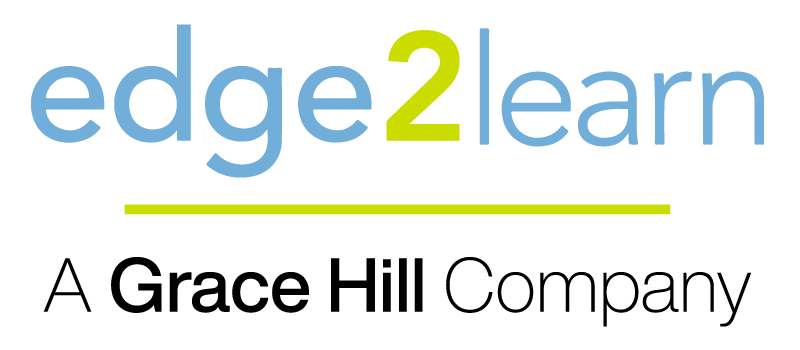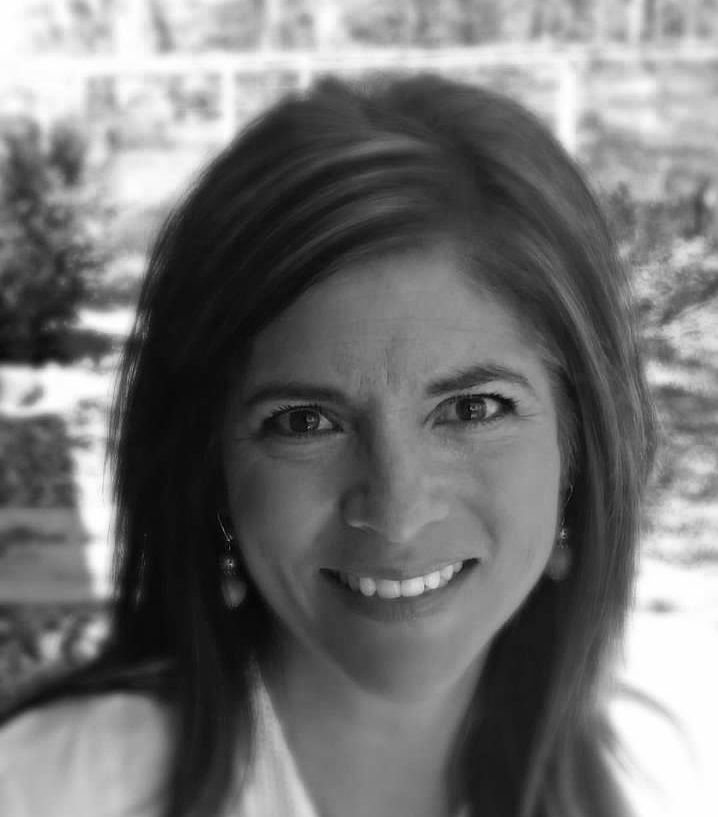Mold Awareness Training
Indoor mold is an unwelcome visitor most communities have to deal with at some point. Get up to date on mold facts, risks, and liability issues, as well as the best ways to prevent and detect mold growth and deal with it when it occurs, from documentation to remediation and communicating with residents. Each mold awareness training module is approximately 15-25 minutes. Available in Spanish (S).
- Mold Risks and Detection
- Responding to Mold
Mold lives both outdoors and indoors. It is everywhere and can grow on a wide range of surfaces, given the right conditions.
When we work so hard to prevent and get rid of mold, it’s hard to believe that many molds are actually helpful. For example, the first modern antibiotic came from a type of penicillium mold. Some foods and chemicals rely on certain molds for their production.
Molds reproduce by releasing tiny spores into the air, like microscopic dandelion seeds drifting along. These spores land everywhere and, if conditions are right, will grow and spread.
Mold can’t grow in a working freezer because the freezer temperature is not in the preferred range of 40 to 100 degrees Fahrenheit. All the other options provide a perfect environment for mold: a temperature above 40 degrees, moisture, and food in the form of fabric, a wood cabinet or cardboard.
Living or working around molds can lead to a variety of health effects, or possibly none at all, depending on many factors.
Some people are sensitive to molds. For these people, exposure to molds can lead to symptoms such as stuffy nose, wheezing, and red or itchy eyes, or skin. People with allergies to mold may have even more intense reactions.
Want more Maintenance Training? We’ve got you covered!


